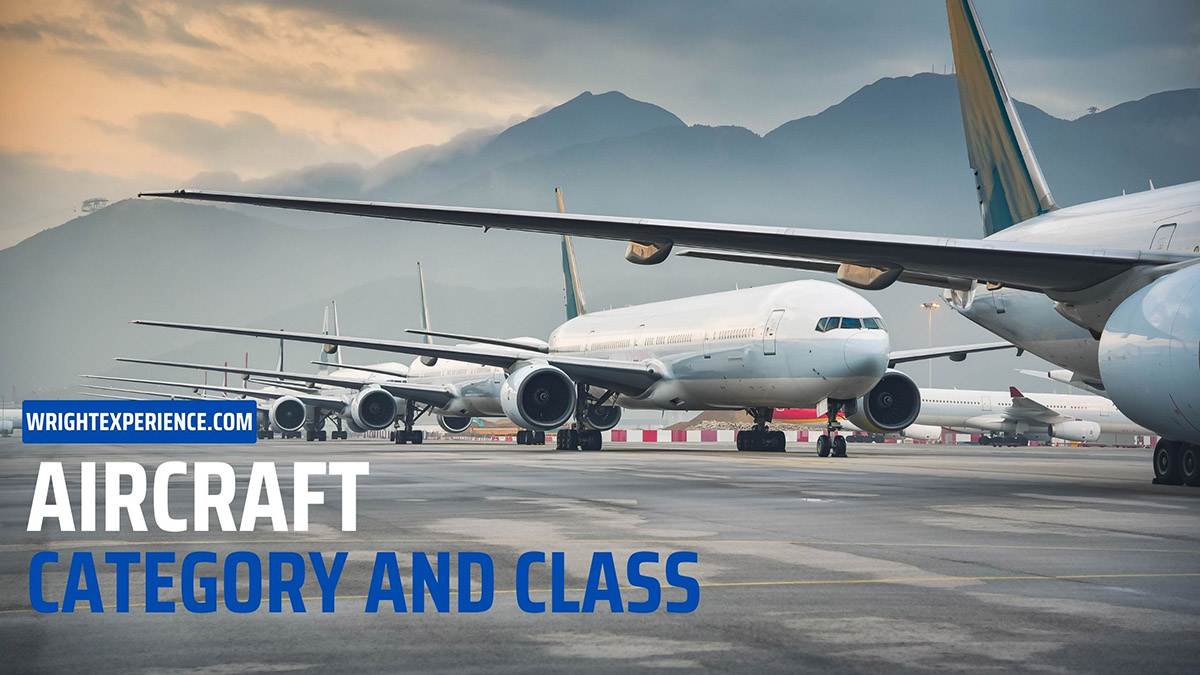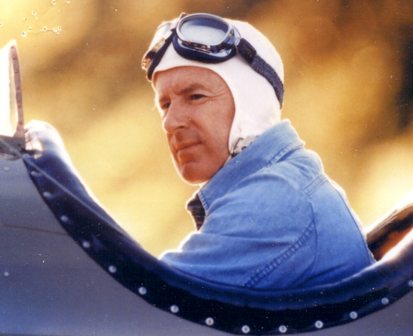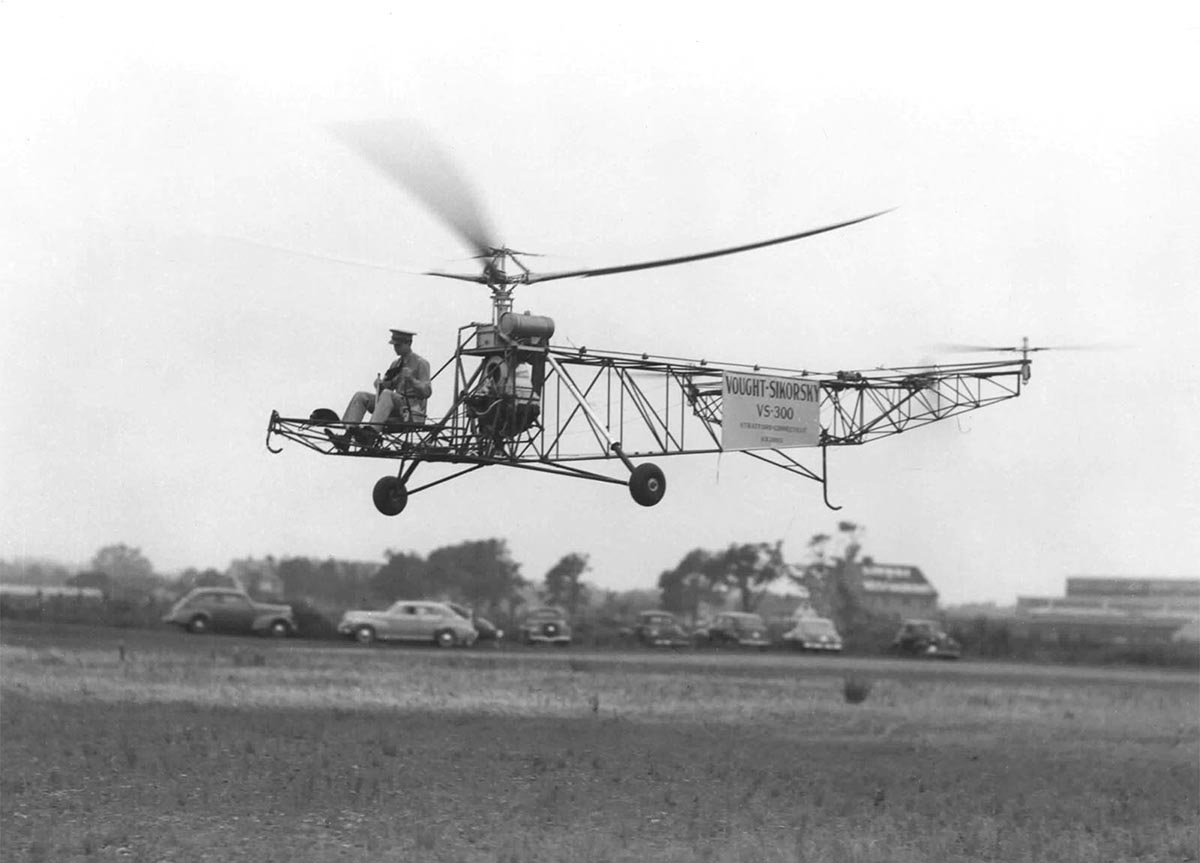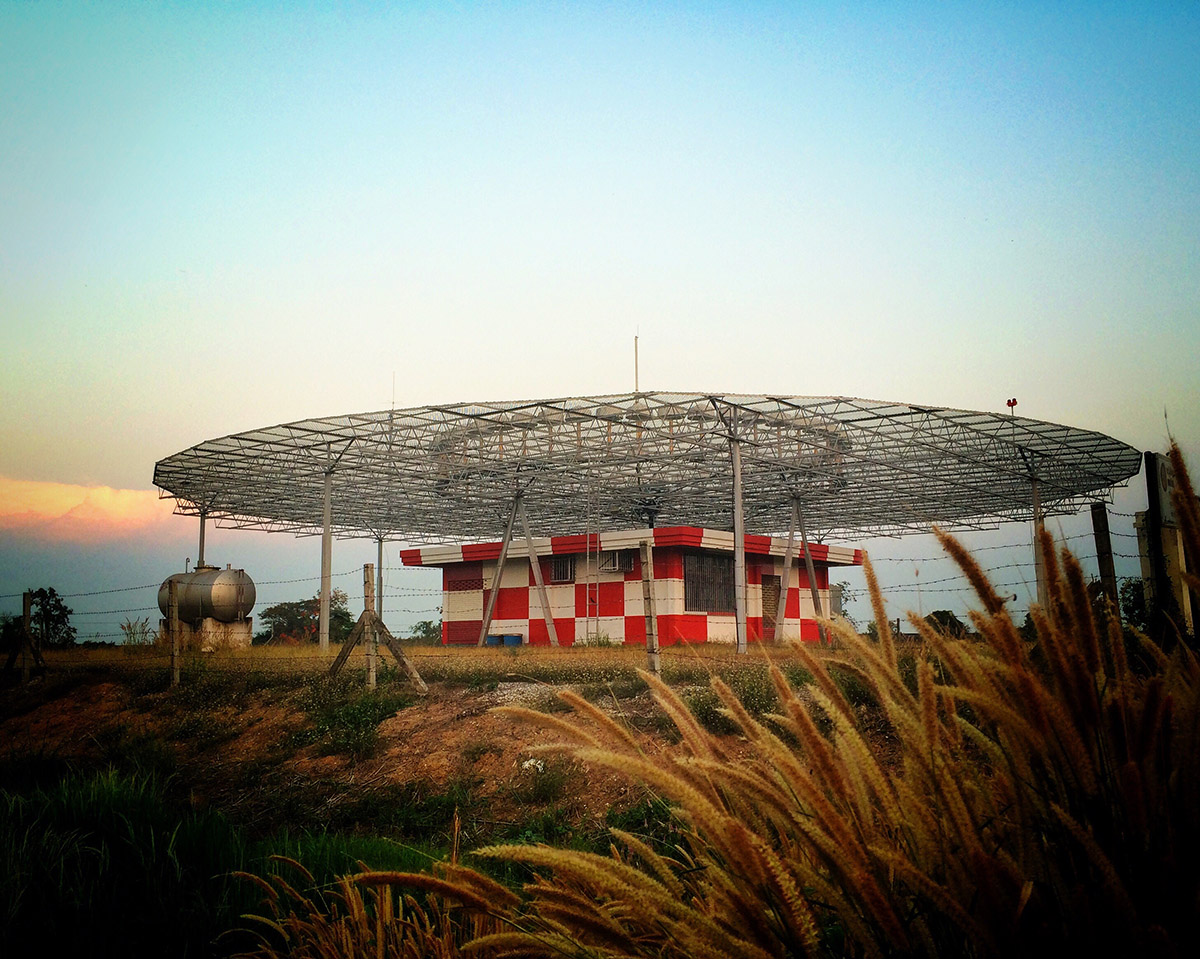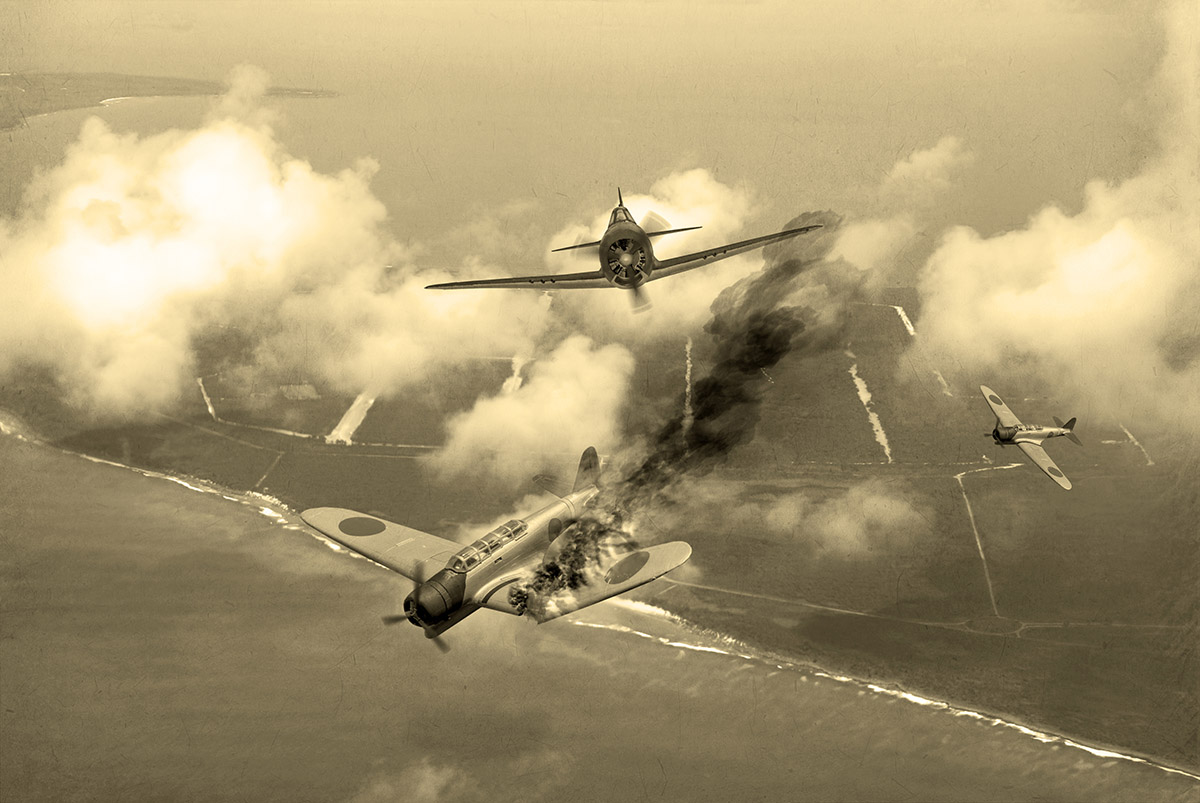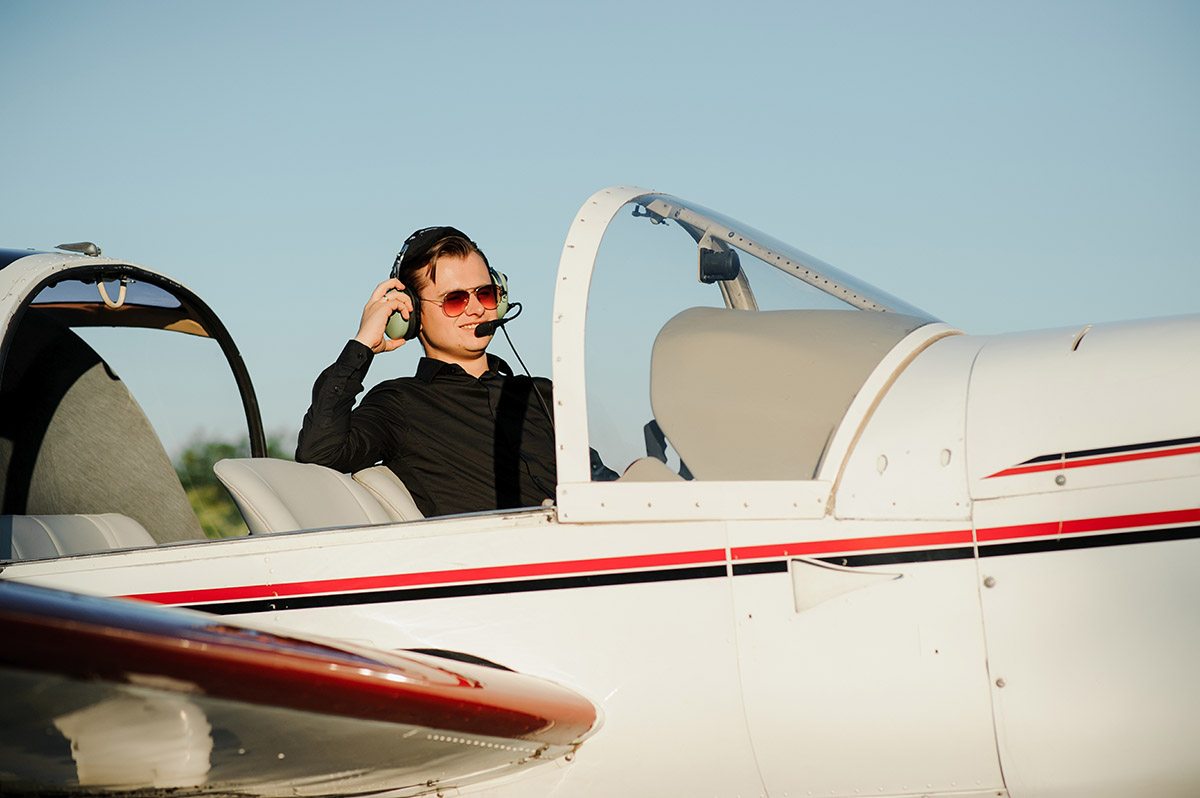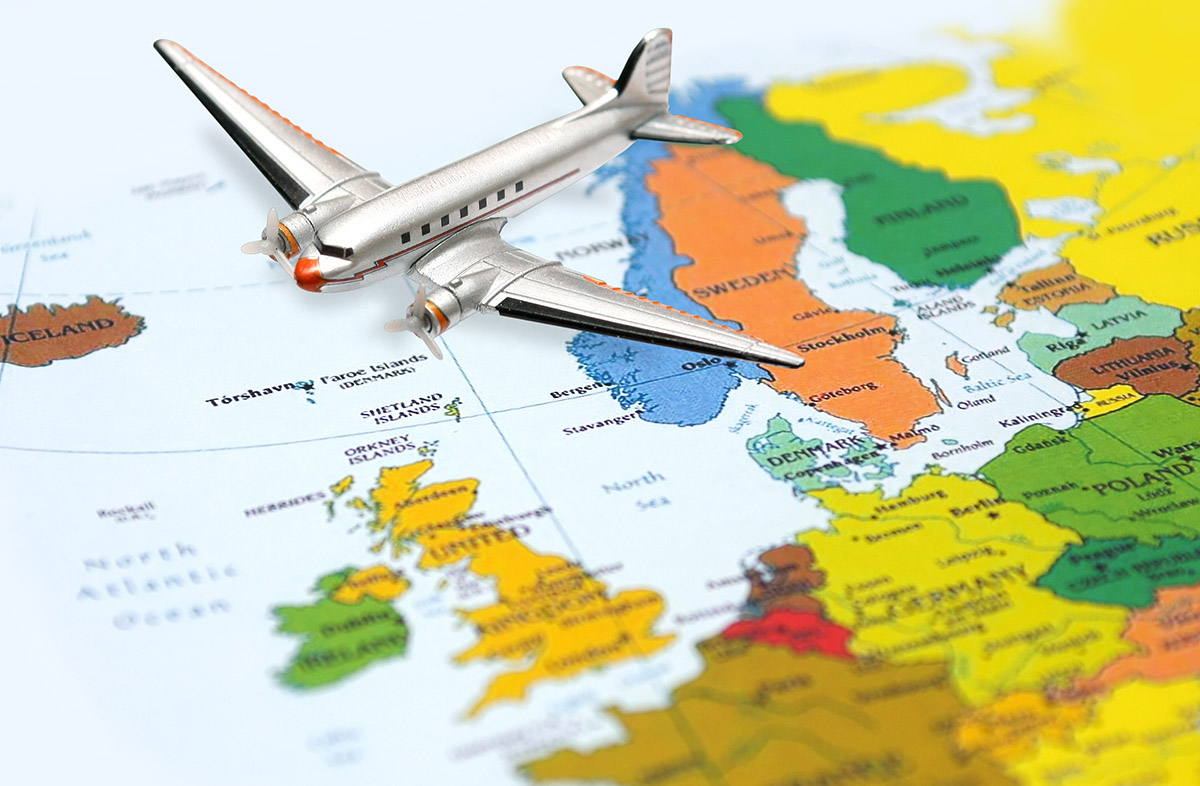Aircraft are an integral part of our modern world, and they come in all shapes and sizes. Understanding aircraft categories, classes, and types is critical for anybody involved in aviation, whether a pilot, mechanic, or enthusiast.
Let’s explore the classification of aircraft in this article!
In this article:
Categories & Classes of Aircraft
The aircraft category is based on the design and intended use. According to the Federal Aviation Administration (FAA), there are seven categories of aircraft. You can refer to the summary table below for a quick look:
| Aircraft Category | Aircraft Class | Type |
| Airplanes | Single-engine land | Cessna 172, Piper Cherokee |
| Single-engine sea | Cessna 150 seaplane, SeaRey | |
| Multi-engine land | Boeing 737, Airbus A320 | |
| Multi-engine sea | De Havilland Canada Dash 8, ATR 72 | |
| Rotorcraft | Helicopters | Sikorsky S-76, Bell 429 |
| Gyroplanes | AutoGyro MTO Sport, MAGNI Gyro M24 Orion | |
| Gliders | Standard gliders | Schleicher ASW 20, Blanik L-33 |
| Competition gliders | Glaser-Dirks DG-808, Schempp-Hirth Discus | |
| Experimental gliders | RANS S-7 Courier, Alexander Schleicher ASH 31 Mi | |
| Lighter-than-air | Airships | Goodyear Blimp, Zeppelin NT |
| Hot air balloons | Cameron Z-100, Lindstrand Balloons | |
| Powered lift | Tiltrotor | Bell-Boeing V-22 Osprey |
| Powered parachute | Powered parachute | ParaPlane XT, Air Creation Tanarg |
| Weight-shift control | Weight-shift control | Quicksilver MX Sport, Challenger Ultralight Pulse |
Airplanes
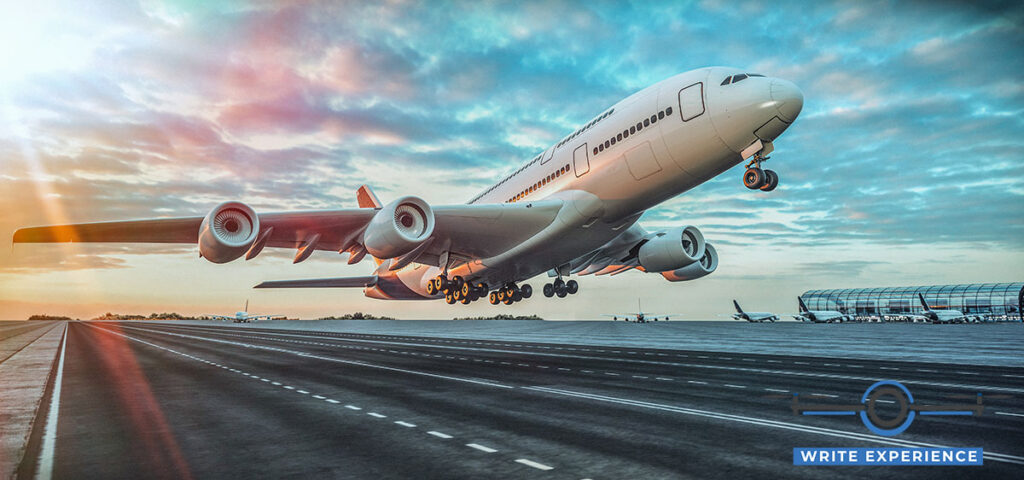
Powered aircraft, such as airplanes, are fixed-wing, heavier than air, and fly by thrust from a propeller or jet engine. Among them, multi-engine airplanes are a common type used for a wide variety of purposes, including commercial transportation, military operations, and private aviation.
At The Wright Experience, we have studied and researched airplanes since the Wright brothers invented the very first model in 1903. They have come a long way since then, evolving into machines that are bigger, faster, and more efficient than ever.
Airplane Classes
- Single-engine land: These are the most common types of airplanes used for private and commercial flights.
- Multi-engine land: These airplanes have two or more engines, typically used for commercial air travel and cargo transport.
- Single-engine sea: These airplanes can land and take off on water, and they’re known for recreational flying and sightseeing.
- Multi-engine sea: Similar to multi-engine land airplanes but these can also land and take off on the water.
Rotorcraft
Rotorcrafts, which include helicopters and gyroplanes, achieve lift by generating it from rotating blades. They are predominantly utilized for specialized missions like search and rescue, law enforcement, and military operations.
Rotorcraft Classes
- Helicopters: Helicopters can take off and land vertically for various purposes, such as law enforcement, medical evacuation, and military operations.
- Gyroplanes: Gyroplanes have a rotor powered by the airstream, and they can take off and land on short runways.
Gliders
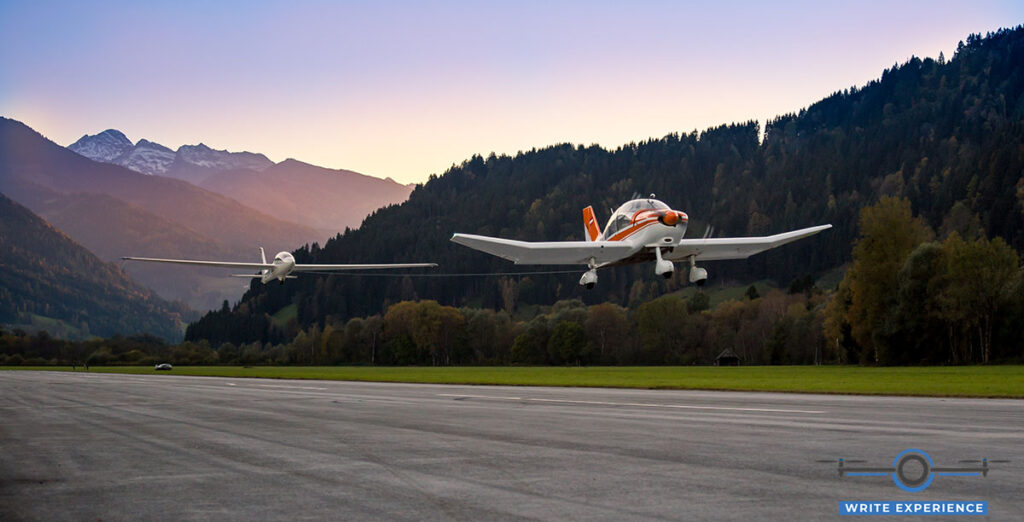
Gliders are heavier-than-air aircraft that generate lift from their wings. The absence of engines and fuel makes them lighter, and they fly by soaring on currents, often used for recreational flying and competitions.
These aircraft have much longer and narrower wings than airplanes. Their aerodynamic bodies help reduce drag. At The Wright Experience, gliders are our passion. Did you know that gliders can soar higher and farther than airplanes on a single thermal?
In 2003, Klaus Ohlmann completed the world’s longest glider flight, covering 3,008 km. This is an incredible achievement and demonstrates the capabilities of gliders.
Gliders Classes
- Standard gliders: Standard gliders are the most common type, typically constructed from fiberglass or composite materials and featuring a wingspan of around 15 meters. They are commonly used for recreational flying and soaring.
- Competition gliders: Competition gliders are designed for high-performance soaring competitions. They are typically more aerodynamic and efficient than standard models, having a wingspan of around 18 meters or more.
- Experimental gliders: Experimental gliders are used to test new designs and technologies, pushing the boundaries of what is possible. They can be very different from standard and competition gliders, with characterized features such as canard wings, twin tails, or even unconventional wing shapes.
Lighter-than-air
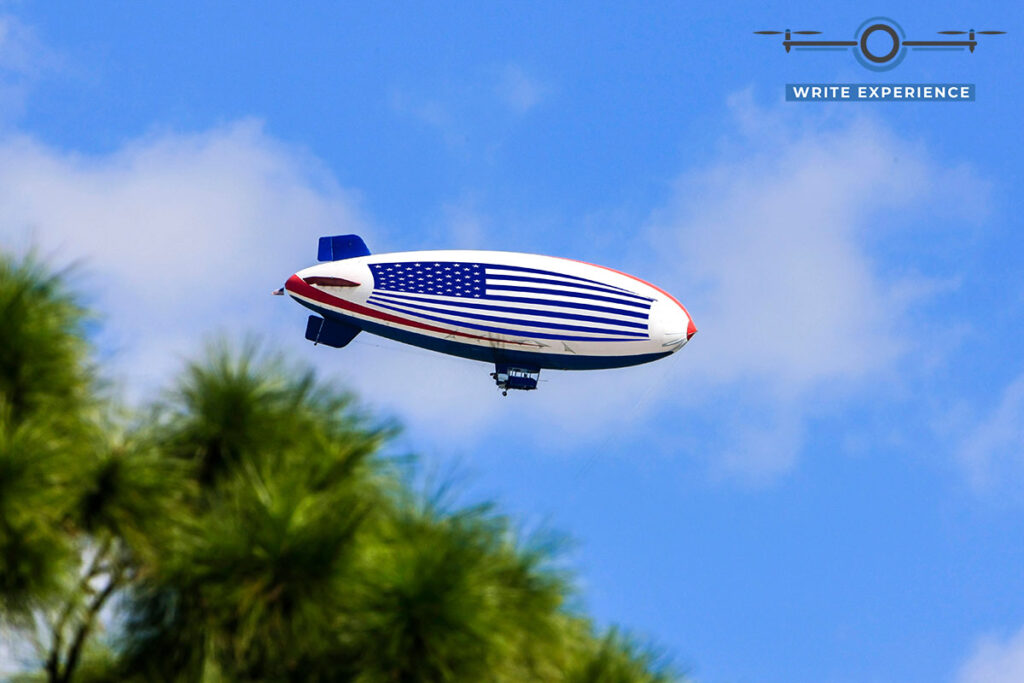
Lighter-than-air aircraft are less dense than air and can float without moving forward; they are often used for advertising and tourism. They are a unique and eye-catching way to promote a product or service or to provide aerial tours of cities and other scenic areas.
These aircraft fly by using the principle of buoyancy – the upward force exerted by a fluid that opposes the weight of an immersed object. In the case of lighter-than-air aircraft, the fluid is air.
Lighter-than-air Classes
- Airships: Airships are powered aircraft that use a lifting gas to float.
- Hot air balloons: Hot air balloons use heated air to float.
Powered Lift
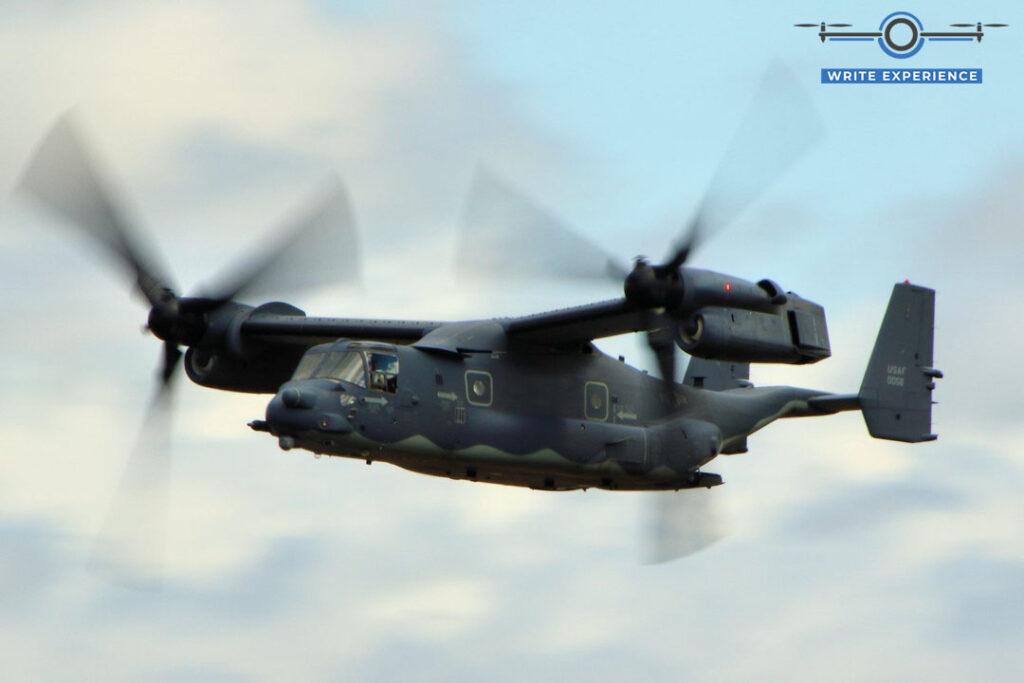
Powered lift aircraft use a combination of fixed wings and rotating engines to generate lift. They are capable of both vertical takeoff and landing (VTOL), as well as horizontal flight. The most well-known example of a powered lift aircraft used by the US military is the V-22 Osprey.
Powered Lift Classes
- Tiltrotors: Tiltrotors have rotors that can tilt to act as propellers or wings. They can take off and land vertically or fly like airplanes.
- Powered lift aircraft: Powered lift aircraft have wings and rotors that work together to generate lift. They can take off and land on short runways and fly like airplanes.
Powered Parachute
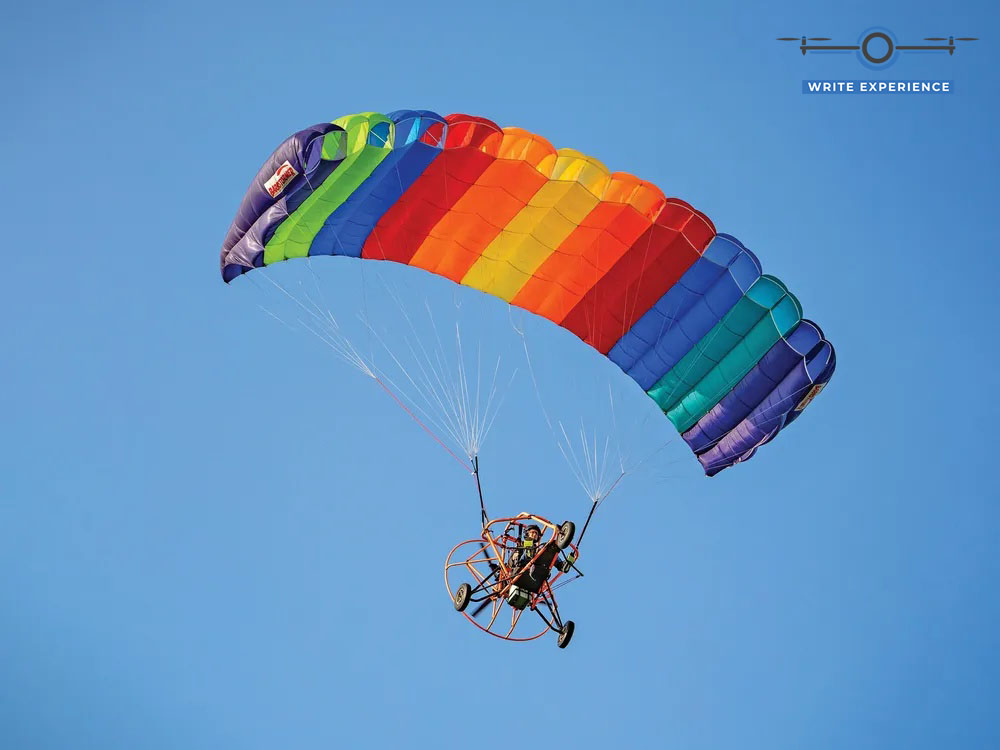
Powered parachutes, coming with a parachute-like canopy, are lightweight aircraft powered by a single engine. These models are easy to fly and can be used for many purposes, including recreation, sport flying, and aerial photography.
Powered Parachute Classes
Powered parachutes are the sole class in this category, equipped with a propeller for power and capable of taking off and landing on short runways.
Weight-shift Control

Weight-shift control aircraft are small, single-seat aircraft controlled by shifting the pilot’s weight. They are relatively easy to fly thanks to the fixed wing and tricycle landing gear and are popular for recreational flying and training.
Weight-shift Control Classes
Weight-shift control aircraft are the only class in this category.
Types of Aircraft
The type of aircraft refers to the specific makes and models of aircraft.
- Airplanes: Boeing 747, Airbus A380, Cessna 172, Piper Cherokee
- Gliders: Schleicher ASW 20, DG-505, Blanik L-13
- Rotorcraft: Sikorsky S-76, Airbus H125, Robinson R44
- Lighter-than-air aircraft: Cameron Z-100, Zeppelin NT, Lindstrand Balloons LB-105
- Powered lift: Bell-Boeing V-22 Osprey, AgustaWestland AW609
- Powered parachute: ParaPlane XT, Air Creation Tanarg
- Weight-shift control: Quicksilver MX Sport, Challenger Ultralight Pulse
Why Do We Need Aircraft Category, Class And Type?
Safety
One of the most important reasons for aircraft classification is safety. By understanding the category, class, and type of an aircraft, pilots can make safer decisions about how to operate it.
Regulation
Aircraft classification plays an essential role in regulation because it helps aviation authorities establish which rules should apply to different types of aircraft.
Airliners are subject to more stringent regulations than general aviation aircraft because they have more passenger seats and cargo and often fly in complex airspace.
That’s why commercial aircraft pilots must have additional training and experience than general aviation pilots to handle a wider range of challenges and emergencies.
Efficiency
Knowing the type of aircraft, air traffic controllers can better manage the airspace by prioritizing traffic. Furthermore, aircraft classification can be used to create more effective pilot and maintenance technician training programs.
Aircraft Certification Categories
Today, airworthiness certificates are required by the Federal Aviation Administration (FAA) to ensure that all aircraft operating in the United States are safe to fly. Aircraft must meet specific design, construction, and maintenance standards to be eligible for an airworthiness certificate.
Certifications of aircraft airworthiness consist of four categories:
- Normal: These are designed for operation under normal operating conditions. They typically have a maximum takeoff weight of less than 12,500 pounds and are used for general aviation purposes, such as personal transportation and business travel.
- Utility: Utility aircraft are designed for operation under a wider range of conditions than other aircraft. They may be used for crop dusting, aerial photography, and skydiving.
- Aerobatic: These aircraft are intended for performing aerobatic maneuvers. They typically have a high power-to-weight ratio and can perform high-g turns and other demanding maneuvers.
- Limited: Aircraft with this certification can operate under specific conditions, such as towing gliders or banners. They are typically not used for general aviation purposes.
FAQs
What Are The Common Mistakes To Avoid When Classifying Aircraft?
Classifying aircraft can be both difficult and easy. Some common mistakes include:
- Confusing aircraft category and class: Remember to distinguish between category and class when classifying aircraft. For example, a helicopter is a rotorcraft, not an airplane.
- Misunderstanding aircraft types: A Cessna 172 and a Boeing 747 are both airplanes, but they are very different. The Cessna 172 is a small, single-engine airplane, while the Boeing 747 is a large, four-engine jet airliner.
- Relying on appearance: It is not always feasible to appropriately classify an aircraft based on its look. Some helicopters may resemble airplanes, while others may resemble gyroplanes.
- Using outdated information: Aircraft classifications might change over time. Make sure to use up-to-date information while classifying aircraft.
How Are Types Of Airmen Certification Related To Airplane Categories?
Types of airmen certification are related to airplane categories in that they determine the type of airplane that an airman is authorized to fly. An airman with a single-engine land certificate is authorized to fly single-engine land planes, while an airman with a multi-engine land rating can legally fly multi-engine land planes.
What Are Some Emerging Trends In Aircraft Categories, Classes, And Types?
The aviation industry is evolving non-stop, and new types are emerging.
- Autonomous aircraft: Companies are developing autonomous aircraft to transport passengers and cargo more efficiently and safely.
- Urban air mobility: Urban air mobility is the concept of using aircraft to transport people and cargo within cities, reducing traffic congestion and air pollution. A number of companies are developing urban air mobility vehicles, such as electric vertical takeoff and landing (eVTOL) aircraft.
- Sustainable aviation fuels (SAFs): Airlines are starting to use SAFs to reduce the carbon footprint of aviation.
Conclusion
The category and class of an aircraft determine its capabilities and limitations, as well as the type of certification required to operate it. By understanding its classification, pilots, air traffic controllers, and maintenance technicians can operate it more safely and efficiently.

